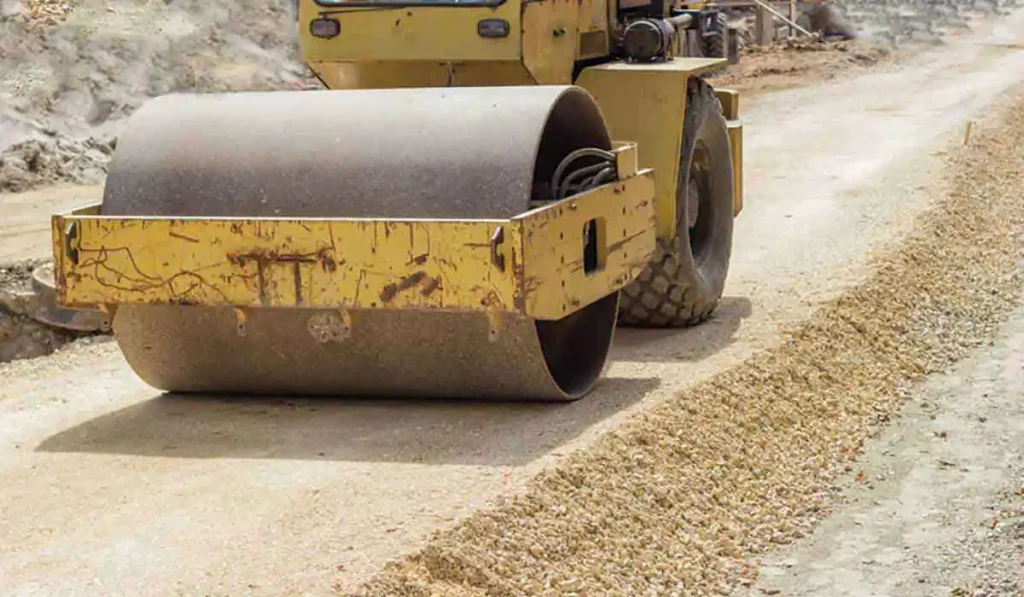Ensuring Clean Air Indoors: Tips for Homeowners and Contractors
Unhealthy Indoor Air Quality (IAQ) may affect the health of those who live there. The result can be nasal, eye and throat irritation; headaches; and allergic reactions. In the long run, exposure to cigarette smoke can worsen respiratory ailments and may result in heart disease and cancer.
Many of the pollutants that deteriorate IAQ result from construction furnishings, paints and cleaning materials. Materials that emit low emissions are an excellent way to reduce harmful pollutants.
Organic Volatile Compounds
VOCs release into the air by a variety of everyday items as well as building materials. They can be found in solvents, perfumes, paints and some cleaning chemicals. They can also be part of the kerosene or the emissions from wood stoves. VOC levels can build up inside the home from smoking cigarettes, the use of cleaning products and painting, as well as infiltration from the outdoors. In the case of high levels of indoor VOCs can result in ‘sick construction syndrome’.
Outdoor VOCs contribute significantly to the creation of Ozone at ground level. It is a major component of the photochemical smog. VOCs are regulated by the EPA to ensure that they do not react with light and nitrogen oxides for the creation of ozone.
Many new construction and building products emit VOCs which include insulation floors, paints, flooring as well as adhesives. It is important that architects use products that are low in VOCs so that they can create healthful structures. Choosing products that are approved and certified with the Declare Label certification, Cradle to Cradle certification, Global Green Tag certification, product Lens certification as well as BREEAM Hea 02 credit to improve indoor air quality will help reduce VOC levels.

Formaldehyde Emissions
The use of wood-based products which contain formaldehyde could cause the levels of formaldehyde in high to get released into atmosphere during the construction. This can last several months, which can be worsened by extreme temperatures and relative humidity conditions at offices or in residences.
Formaldehyde is a carcinogen and is also known to cause eye irritation, irritation to the respiratory tract and bronchoconstriction as well as asthma in some people. The skin, throat nasal passages, and the eyes could also become inflamed. It can also be a source of many other VOCs.
For homes, the highest levels of formaldehyde are observed in newly refurbished wooden and melamine furniture as well as wood products made with resins containing formaldehyde (such as medium density fiberboard); insulating materials made of urea-formaldehyde foam insulation, DIY projects like varnishing or painting and even textiles. Making use of pressed wood designated as CARB or NAF or ULEF compliant may help reduce the amount of formaldehyde released.
Particulate Matter
Some of the newer building materials, such as insulation and flooring are made of asbestos, that can emit toxic gasses when they are disturbed. As a result, the fumes that come from these materials can pollute the air in buildings and can trigger allergic reactions. Exposure to particulate matter can be a trigger for respiratory or heart issues.
Another major source of pollution is Diesel-powered construction machinery. Equipment can create a large amount of nitrogen oxides, hydrocarbons and carbon monoxide.
It’s equally important to be sure the ventilation of your home is functioning properly. This can prevent harmful substances from entering. In the case of indoor pollutants, being too much can cause less healthy people, like an increase in hospitalizations, or even death caused by cardiovascular or respiratory illness. This is especially true for certain populations, such as children, seniors or those suffering from preexisting ailments. It is vital to restrict exposure during renovations by using adequate ventilation and separating work zones from the occupied space.
Development of Mold
They are fungi created to degrade biodegradable substances that we encounter which then create spores that consume the material gia da 0x4 while they grow. The never-ending cycle of fungi is one of the major causes pollutant pollution to the environment, especially with mycotoxins that are produced by various species of molds. They are known to have more severe health consequences.
The spores of mold can be seen in almost every air and in the soil and wood used for construction. The most important factors that mold thrive on are sources of nutrients as well as oxygen and water. Many building materials and furniture offer the right nutrients. Likewise, dirt on surfaces provides an additional source of water.
Exposure to airborne mold spores could cause irritation in the respiratory system, while some people may suffer worse symptoms such as headaches or fatigue. Utilizing low emission construction materials and proper ventilation design will reduce the effects of microbial pollution both during and after construction work, and also enhance the overall quality of indoor air.


